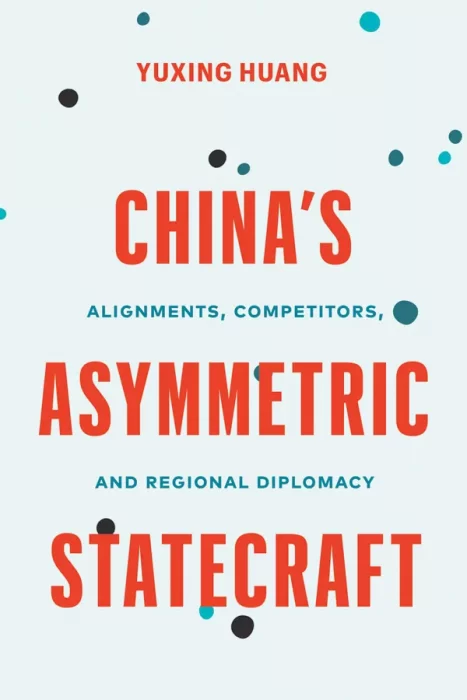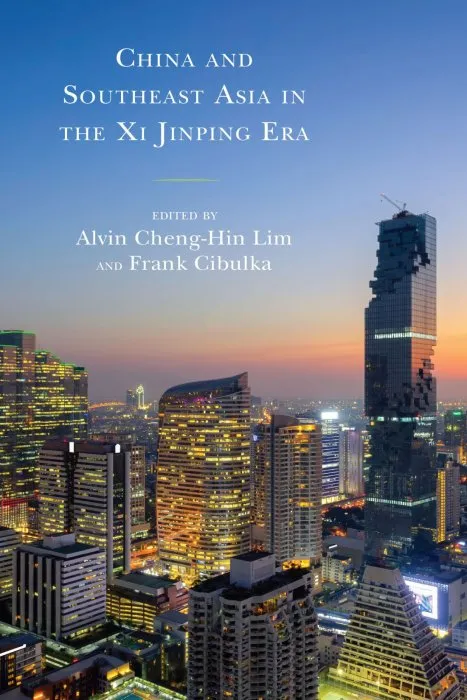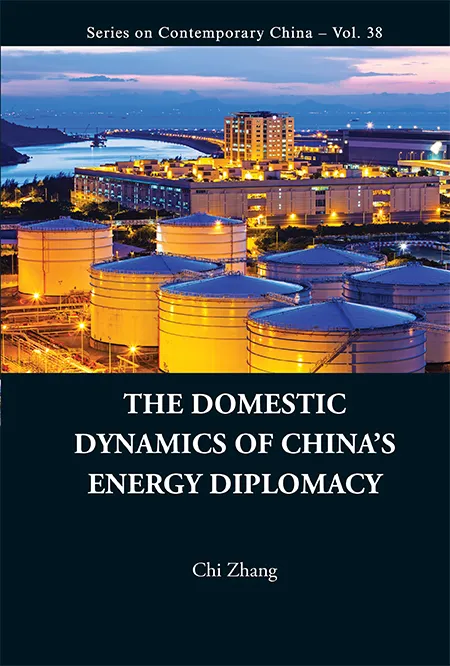China's Asymmetric Statecraft: Alignments, Competitors, and Regional Diplomacy (Contemporary Chinese Studies)

Date: February 15th, 2023
ISBN: 0774868112
Language: English
Number of pages: 296 pages
Format: EPUB
Add favorites
China is not only a great power but often an opaque one. What does its regional diplomacy tell us about the country's geopolitical position and ambitions, and what behavioural patterns does it reveal?
Building from international relations theories focused on how external threats, domestic politics, and ideology influence foreign policy, Yuxing Huang puts forward a nuanced argument. He suggests that in an environment of numerous regional competitors and alignments, China has developed a form of asymmetric statecraft toward its many weaker neighbours. In the South China Sea, it maintains a uniform strategy toward Vietnam, the Philippines, and Malaysia. Whereas in South Asia, it practises selective strategies to maintain the status quo with India and to enhance Pakistan's position. Drawing on extensive Chinese, Russian, German, American, and NATO archival sources from the past sixty years, China's Asymmetric Statecraft explores Chinese policy in East Asia from 1955 to 1965, in South Asia from 1955 to 1963, and in Indochina from 1962 to 1975. Huang uses these case studies as a historical foundation on which to base an in-depth analysis of contemporary regional diplomacy.
This perceptive interpretation of the different narratives and paradigms that constitute China's foreign policy alerts us to the potential future of its diplomatic endeavours in a dramatically changing international environment.
Building from international relations theories focused on how external threats, domestic politics, and ideology influence foreign policy, Yuxing Huang puts forward a nuanced argument. He suggests that in an environment of numerous regional competitors and alignments, China has developed a form of asymmetric statecraft toward its many weaker neighbours. In the South China Sea, it maintains a uniform strategy toward Vietnam, the Philippines, and Malaysia. Whereas in South Asia, it practises selective strategies to maintain the status quo with India and to enhance Pakistan's position. Drawing on extensive Chinese, Russian, German, American, and NATO archival sources from the past sixty years, China's Asymmetric Statecraft explores Chinese policy in East Asia from 1955 to 1965, in South Asia from 1955 to 1963, and in Indochina from 1962 to 1975. Huang uses these case studies as a historical foundation on which to base an in-depth analysis of contemporary regional diplomacy.
This perceptive interpretation of the different narratives and paradigms that constitute China's foreign policy alerts us to the potential future of its diplomatic endeavours in a dramatically changing international environment.
Download China's Asymmetric Statecraft: Alignments, Competitors, and Regional Diplomacy (Contemporary Chinese Studies)
Similar books
Information
Users of Guests are not allowed to comment this publication.
Users of Guests are not allowed to comment this publication.




